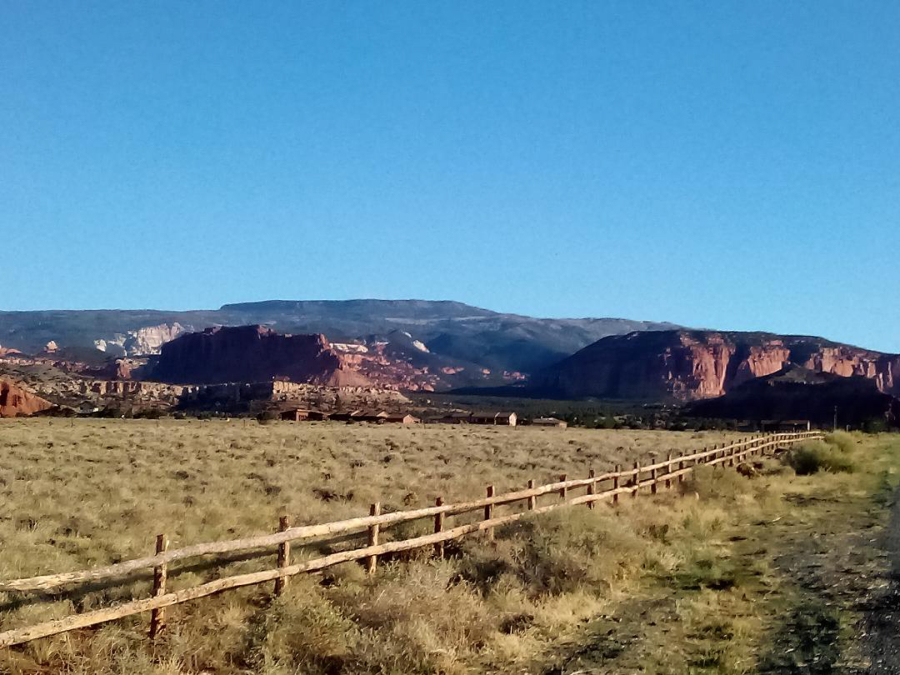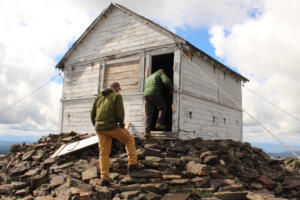High on a mesa where everyone can see it, a trophy house is going up in the northern Colorado valley where I live. Some of my neighbors hear that the house will be as big as 15,000 square feet. Others say it will take three years to complete. Whether that is valley gossip or truth, the house is now the center of everybody’s attention.
Until this happened, my valley seemed to offer much of the best of what Colorado has to offer, including views of a snow-capped mountain range, and spread out below, irrigated hayfields with black cows on tan rangeland. But now, right in the center of the valley, there will be one person acting out a lack of consideration for others.
Gigantic trophy houses seem to signal, “I built here to see, but also to be seen.” It’s a jarring reminder that we in the New West are remaking the Old West in our own image, a job that apparently requires a drastic redoing of topography. These big homes seem to follow a pattern of complicated rooflines, lots of windows that reflect the light and “ego gates” at the beginning of driveways.
Most of us in this valley delight in what we’ve been able to see from our front door: Uninterrupted ridgelines, cliffs and the rounded slopes that converge to make foothills, which then rise into mountains. Nature made these views, and we’ve been fortunate to have them in our lives every day.
But, more and more, houses that resemble castles are sprouting on ridgelines and hilltops — here and all over the mountains. And sometimes it’s ordinary houses or trailers that get built on ridgelines, interrupting the natural flow of the land.


